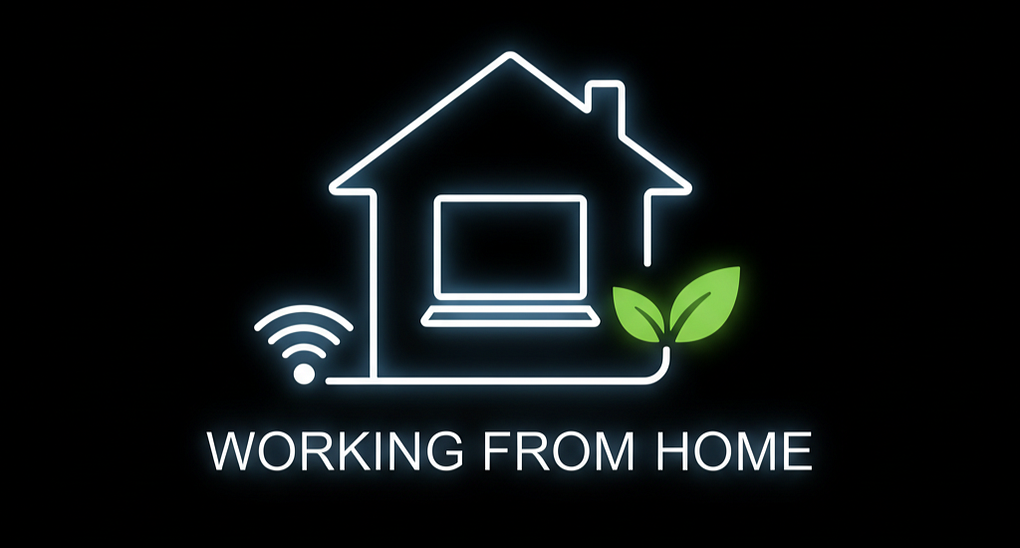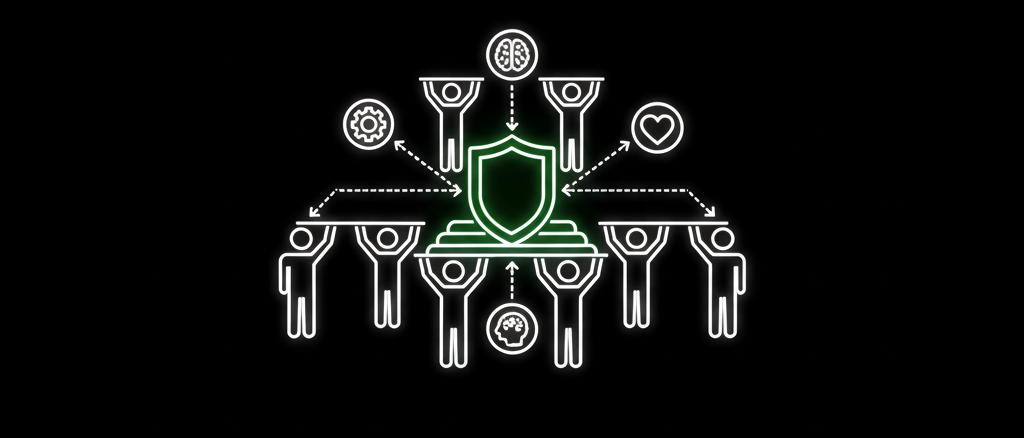Blog
Case studies, strategies, and ideas shaping modern technology.
Working From Home: What's Changed Since 2021?

Has your boss called you back into the office, or are you still working from home?
When lockdowns hit the UK in March 2020, I found myself suddenly working from home in my tiny bedroom. It was cramped, chaotic, and sometimes uncomfortable, but it was also a front-row seat to a massive, unplanned experiment in remote work.
A year later, in 2021, I reflected on what the team at Mesoform were starting to see: developers adapting, productivity shifting, and collaboration being reimagined.
(You can check out that article here)
Now, in 2025, the “new normal” has simply become normal. Hybrid work is mainstream, yet many companies are asking employees to return to the office at least part-time, showing that the balance between flexibility and in-person connection is still evolving.
Today, productivity isn’t about remote versus office, it’s about supporting all work styles, balancing autonomy with connection, and measuring impact rather than presence.
1. Productivity: Still a Personal Equation
In 2021, I found that productivity was generally stable , or even higher, but a significant minority struggled. That truth hasn’t changed.
What’s Held Steady: Productivity remains personal. Some developers thrive in the quiet focus of a home setup; others draw motivation and creativity from being around their peers. There’s no single best model.
What’s Evolved: The discussion has matured from “remote vs. office” to “how do we support all work styles?”
- Hybrid is Mainstream: Hybrid models are now the default, offering balance between flexibility and human connection.
- Focus on Outcomes, Not Hours: The “longer days” of early lockdowns are now recognised as unsustainable. Companies measure impact, not time spent online.
- Mature Tooling: The friction of remote collaboration has all but disappeared. Tools for whiteboarding, planning, and code review have become part of an integrated, seamless workflow.

2. Collaboration: From Makeshift to Intentional
In 2021, collaboration metrics spiked, particularly in asynchronous work like code reviews and documentation.
What’s Held Steady: Asynchronous collaboration remains a strength of remote teams. Clear documentation, detailed tickets, and thoughtful pull requests continue to outperform in-person ad-hoc discussions for deep, focused work.
What’s Evolved: We’ve gone from makeshift to intentional. The chaos of early remote work has matured into rhythm and structure:
- Dedicated focus time is now protected in calendars.
- Virtual meetings are shorter, clearer, and more purposeful.
- Alignment comes from well-designed processes, not shared physical space.
At Mesoform, we’ve found that periodic in-person gatherings, used strategically for planning, creativity, and social connection, make our remote-first collaboration even stronger.

3. The Challenges: Still Human, But Better Managed
The issues we noticed in 2021 haven’t disappeared, but we’re far better at managing them.
What’s Held Steady: Remote work still has human costs. Isolation is real. Childcare and caregiving remain difficult to juggle. And not everyone has a perfect workspace at home.
What’s Evolved: Awareness has turned into proactive action. In 2021, companies were reacting; by 2025, they’ll have built support systems into the fabric of work.
- Well-being and mental health support are now expected benefits.
- Flexible scheduling is standard practice, not a special exception.
- Hybrid meetups are intentionally designed to strengthen connections and prevent isolation.

4. Technical Debt: A Maturing Mindset
In 2021, we wrote that operational failures were costly and that technical quality mattered more than ever. That’s still true, but our approach to managing it has evolved.
What’s Held Steady: Software quality and debt management remain the foundations of sustainable success. A strong codebase is what lets teams be flexible, productive, and resilient.
What’s Evolved: The industry has shifted from reacting to preventing.
- Iterative improvement is now standard, balancing maintenance and new features.
- Defect prevention has replaced “firefighting” as the norm.
- The vocabulary of technical delta (system deficiencies) and functional delta (new functionality) has entered everyday planning, helping teams make smarter trade-offs between innovation and stability.
Four Years Later: What I’ve Really Learned
Looking back from 2025, the biggest change isn't just how we work - it's how we think about work.
Many companies have called employees back into the office, assuming that being on-site automatically boosts productivity. My experience shows it's not that simple.
- Flexibility is the Baseline: It’s no longer a perk, it’s a given. Flexibility is what attracts and retains the best people.
- Intentionality Beats Proximity: You don’t need to be in the same room to work well together, but you do need clear communication and deliberate structure.
- Well-Being Drives Performance: The most productive teams aren’t the ones working longest; they’re the ones supported, balanced, and healthy.
- Technical Excellence Enables Everything: Quality code and low debt give teams the freedom to adapt, innovate, and grow sustainably.
At Mesoform, these lessons guide everything we do, but the bigger question remains for all of us: how will you create a workplace where people can do their best work—wherever they are?
Article Written by Nipa Patel, Business Operations at Mesoform
At Mesoform, these lessons continue to shape how we work. Our goal remains simple: create an environment where people can do their best work — wherever they are — by trusting them with flexibility, supporting them with structure, and committing to technical excellence.
👉 Book a consultation today and discover how Mesoform can help you build a smarter, more resilient IT operation.

